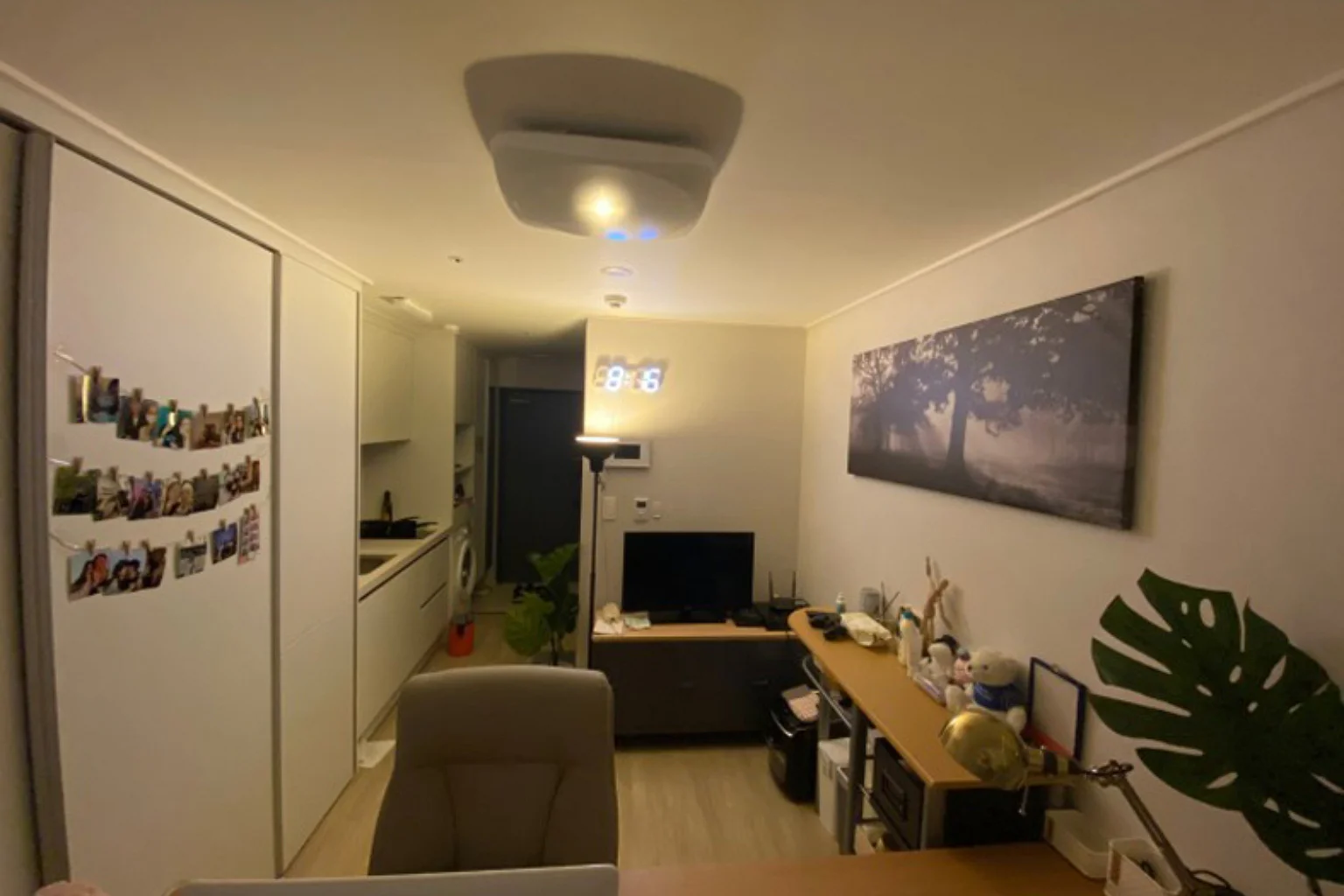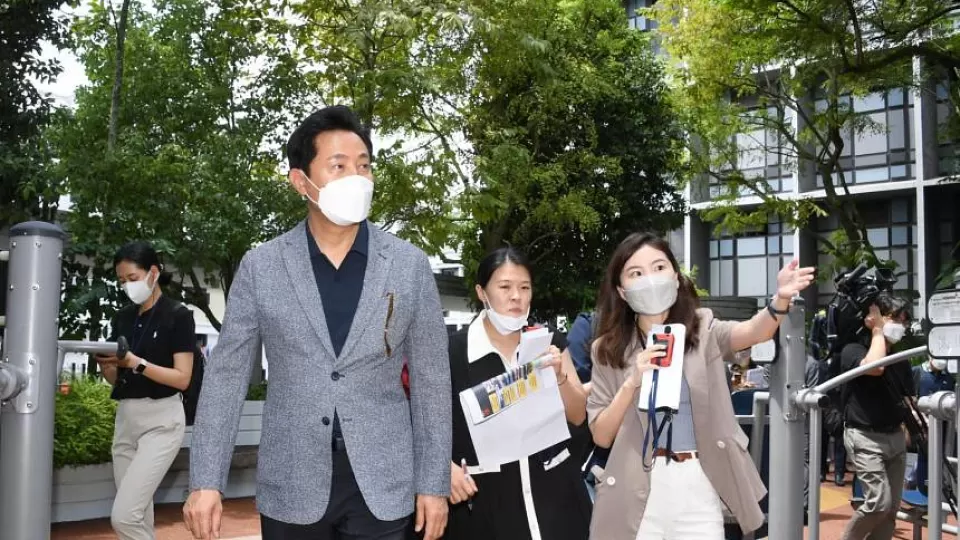August 1, 2022
SINGAPORE – Located a stone’s throw from a subway station in central Seoul, the new apartment complex Lumini boasts stylish communal spaces, trendy retail outlets and a view of the iconic Seoul Tower.
Its minimalist units come furnished with quality electronics, including Samsung’s top-range Bespoke refrigerator.
An ideal home like this would typically come with a high price tag, but the Seoul city government is providing huge subsidies to help low-income youth rent such units at a fraction of the market price, as part of its public housing policy.
Soaring property prices have been a huge issue in recent elections, driving voters to vote against ineffective housing policies of the past.
Seoul mayor Oh Se-hoon, who won a by-election race last year as an opposition candidate, acknowledged that many young people are unable to buy a home due to high property prices and unaffordable bank loans.
“This is perhaps the biggest grievance of young people in Korea,” he told The Straits Times in Seoul before his current visit to Singapore to attend the World Cities Summit. His five-day visit ends on Aug 2.
“So many people in their 20s and 30s are complaining that the system is not fair. They have become discouraged because their hard work is not being rewarded… That’s why we are developing and implementing policies that support young people.”
The top priority, he said, is to increase a supply of low-cost public rental housing for this group.
Mr Oh, who had pledged to make Seoul a “city of hope” for young people last year, announced in March a five-year plan to invest 6.3 trillion won (S$6.7 billion) in 50 youth support projects, in areas such as employment and housing.
Young people aged 19 to 39 account for 30 per cent of the city’s 9.5 million population.
About 471,000 of them live in public housing, from studio apartments to two-bedroom units.
Nearly 36,000 units of public housing were built in 2020 and 2021, and the city plans to supply 55,000 more such units by 2025.
The city is also focused on improving the image and quality of public housing, said Mr Oh, who was re-elected in June during municipal elections.
Instead of building cheap and small units for extremely poor people, the city now plans to build bigger ones using quality materials suitable for the middle class, as they expand the range of applicants to young people and newlyweds.

An example of a home furnished by a young person renting under the scheme. PHOTO: SEOUL METROPOLITAN GOVERNMENT
The projects are also outsourced to private developers, such as the construction arms of conglomerates Lotte and Hyosung.
“We aim to significantly improve the quality of public housing units and build premium units that newlyweds would be proud of,” Mr Oh added.
To qualify, applicants must earn less than the city’s average income of 3.21 million won (S$3,397) a month.
The rent they pay is 60-80 per cent of market price, according to the city government.
For a unit smaller than 39 sq m, the monthly rent for a two-year contract is 255,396 won, with a deposit of about 59 million won paid by the city government.

Lumini, an apartment complex built by Lotte, rents out units to young people eligible for Seoul city’s public rental. ST PHOTO: CHANG MAY CHOON
ST visited Lumini by Lotte and Harrington by Hyosung, both mixed-use developments with residential units for public and private rental, and also retail space.
Lumini has 287 units for public use and 465 units for private rental, while Harrington has 162 for public, and 751 for private.
The developers can convert the whole complex for private sale after eight years of running the public housing system.

Harrington, an apartment complex built by Hyosung, rents units to those eligible for Seoul’s rental public housing scheme. ST PHOTO: CHANG MAY CHOON
Mr Hur Sung-moo, an asset management manager from Lotte Engineering and Construction, said that the company expects demand for rental homes to increase in future. It has two more such projects in the pipeline.
“The government also allows more floor spaces to be built and that is very advantageous to us when we convert the complex to private later,” he added.
Most of the 27 residents of Harrington who responded to a ST survey said they chose to live there due to affordable rent, good amenities, and location – near Hapjeong station in western Seoul.
Start-up founder Park Sang-jun likes the amenities such as the library and gym. But he hopes there can be more tailored services for single households, such as disinfection of home.
“I also hope that rental residents can get benefits to buy the house in the future (when it goes private),” he added.


